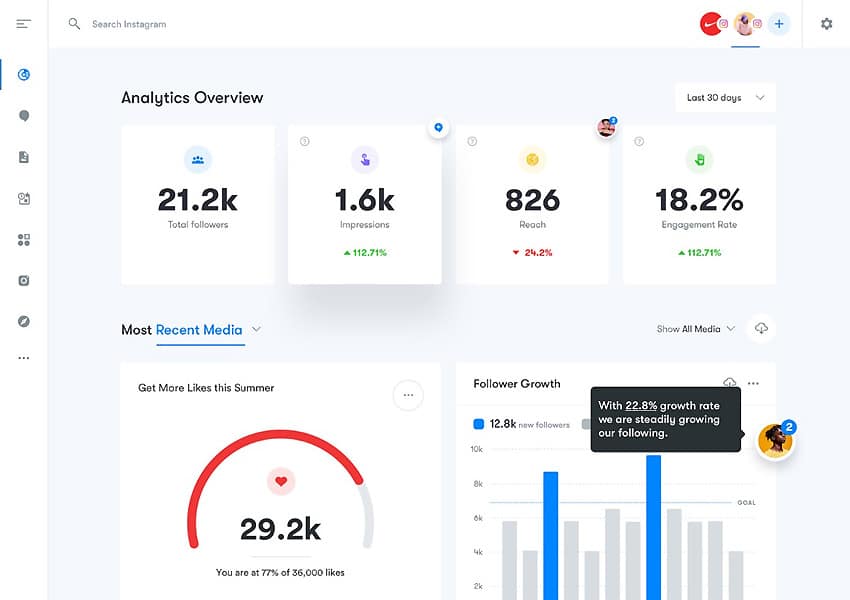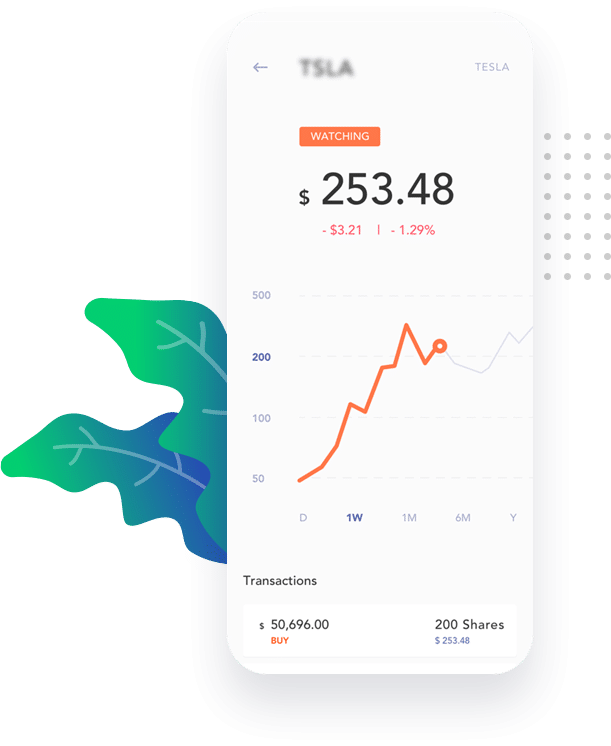
The Future of Investigations: AI-Powered Graph Intelligence
- Admin
- No Comments
In today’s complex and data-rich world, traditional investigation methods are no longer enough. Whether it’s for law enforcement, due diligence, corporate risk management, or competitive intelligence, modern investigations require the ability to analyze relationships—not just isolated facts. This is where graph intelligence comes in. When enhanced with artificial intelligence, graph-based analysis becomes a powerful tool for uncovering hidden connections, patterns, and anomalies. Welcome to the future of investigations: AI-powered graph intelligence.
1. What Is Graph Intelligence?
Graph intelligence uses data structured as nodes (entities) and edges (relationships) to uncover how people, organizations, assets, or events are connected. Unlike linear databases or spreadsheets, graph models excel at capturing complex, multi-layered relationships across vast datasets.
With AI layered on top, graph intelligence systems can automatically detect patterns, suggest probable links, and surface non-obvious insights in ways that would take humans days or weeks to uncover manually.
2. Mapping Hidden Networks in Real Time
One of the most powerful applications of AI-powered graph intelligence is its ability to identify hidden networks in real time. By continuously ingesting data from public sources—such as corporate registries, social media, domain databases, and leaked records—AI can build dynamic relationship maps that evolve as new information becomes available.
Investigators can visualize networks of influence, ownership, or communication across borders and industries, making it easier to track financial crimes, fraud schemes, or corporate collusion.
3. Uncovering Indirect and Multi-Hop Connections
AI doesn’t just identify direct relationships—it can infer indirect ones by analyzing multi-hop connections. For example, two individuals may not appear connected directly but may share multiple common business entities or domain registrations. These insights can reveal proxy ownership, shadow partnerships, or attempts to conceal influence.
Such layered, indirect detection is especially valuable in complex investigations involving shell companies, political exposure, or money laundering.

4. Accelerating Due Diligence and KYC Processes
Manual due diligence often involves searching multiple databases, verifying identities, and checking for red flags. AI-powered graph intelligence simplifies this by automatically aggregating relevant data and flagging unusual patterns or associations—like links to sanctioned individuals or offshore tax havens.
This leads to faster, more comprehensive Know Your Customer (KYC) checks and improves risk assessment for mergers, partnerships, or onboarding clients.
5. Visual Analytics for Better Decision-Making
Investigations aren’t just about gathering data—they’re about making sense of it. Graph platforms enhanced by AI offer intuitive visualizations that help analysts see the bigger picture.
Whether identifying the central figure in a fraud ring or spotting outliers in financial transactions, visual graph tools allow teams to act quickly and with greater confidence. AI enhances this by ranking nodes by importance, suggesting areas to investigate next, or highlighting anomalies.
6. Combining Structured and Unstructured Data
Another major advantage of AI-driven graph intelligence is its ability to merge structured data (e.g., corporate filings) with unstructured data (e.g., news articles, PDFs, social posts).
Using natural language processing (NLP), AI extracts entities and relationships from free text and integrates them into the graph. This results in a far richer and more complete investigative landscape.
7. Reducing Cognitive Load and Human Error
Traditional investigations can be slow and error-prone, especially when dealing with massive volumes of data. AI helps reduce cognitive overload by prioritizing what matters most and filtering out irrelevant noise.
Instead of sifting through endless spreadsheets, investigators get focused insights—ranked, visualized, and explained—allowing them to make smarter decisions, faster.
8. Ethical and Regulatory Considerations
While AI-powered graph intelligence can enhance transparency and accountability, it must be used responsibly. Investigations involving personal data require strong data governance, compliance with privacy regulations, and safeguards to prevent misuse or bias.
Transparency in how AI makes inferences and why certain connections are flagged is critical, especially in high-stakes legal or regulatory environments.
AI-powered graph intelligence is revolutionizing how investigations are conducted. From uncovering hidden networks to accelerating due diligence and improving decision-making, this next-generation approach offers unparalleled clarity in an increasingly complex world. As data continues to grow, so too will the importance of intelligent graph technology as a cornerstone of modern investigative strategy.
